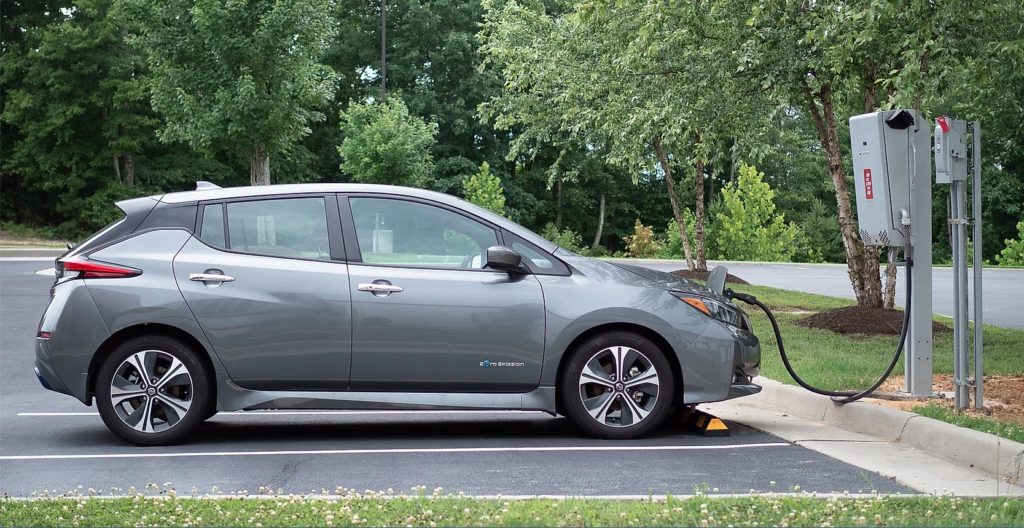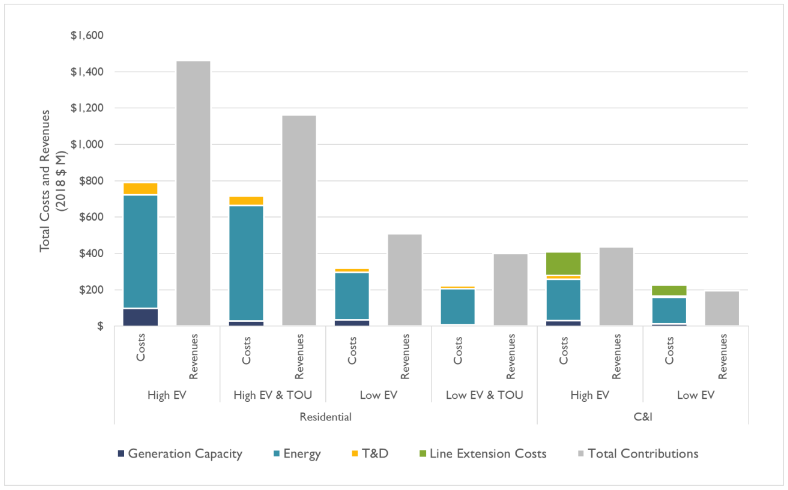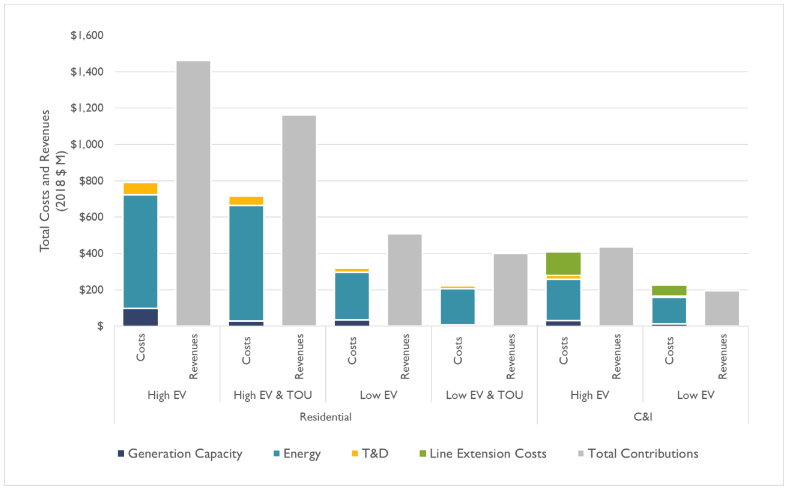Vehicle to Grid (V2G) technology offers what might be characterized as the holy grail for electric vehicles, and the future got a lot closer on March 12 with the news that a bidirectional EV charging system by Fermata Energy was the first such system in the world to earn the UL 9741 safety standard. UL 9741 features the ability to prevent the discharge of energy when a connected device is not capable of safely receiving backfed power and is a critical milestone toward commercial deployment of V2G.
According to Francisco Martinez, business development director of UL’s Energy Systems and eMobility division, “UL’s role in making the most of the stored energy in electric vehicles is to help ensure that this happens safely,” said Martinez.

The ability of electric vehicles to discharge energy holds great potential because the vehicles tend to have large batteries with more energy than drivers typically need on any given day; moreover, as with most noncommercial passenger vehicles, EVs are are parked an average of 95% of the hours in a year. The combination of having excess energy and being available a large percentage of time results in benefits that will accrue to:
- The grid, which can use energy from EV batteries to displace higher cost and potentially dirtier energy from power plants when demand for energy is high; and
- EV owners, who can monetize the energy as it is dispensed (assuming the energy was purchased and stored at a lower cost).
All indications are that V2G is going to introduce significant new resources to the grid. According to comments this week in Berlin by Volkswagen’s chief strategist Michael Jost:
By 2025 [Volkswagen] will have 350 gigawatt hours worth of energy storage at our disposal through our electric car fleet. Between 2025 and 2030 this will grow to 1 terawatt hours worth of storage. That’s more energy than is currently generated by all the hydroelectric power stations in the world. We can guarantee that energy will be used and stored and this will be a new area of business.
Even today’s relatively small number of EVs is providing hundreds of millions of dollars in net revenue to utilities, according to a recent report by Synapse Energy Economics and as illustrated in the following table from the Synapse report:

As vehicles begin to not only consume energy (providing revenues to the system) but also provide value by sending energy back to the grid, the financial and environmental benefits to EV owners, utilities, and all other utility customers will multiply.
“By unlocking the full potential of electric vehicles, Fermata Energy is helping to accelerate the shift to more electric vehicle usage,” said David Slutzky, CEO and founder of Fermata Energy. “We believe bidirectional energy solutions such as Fermata Energy’s V2G system will play an important role in reducing energy costs, improving grid resilience and combating climate change. We’re excited to be the first company to receive UL 9741 certification and look forward to partnering with other organizations to advance V2G applications.”
For more information about EVs and EV charging, I invite you to follow me on LinkedIn and visit my other posts at www.EVadvisors.com.

